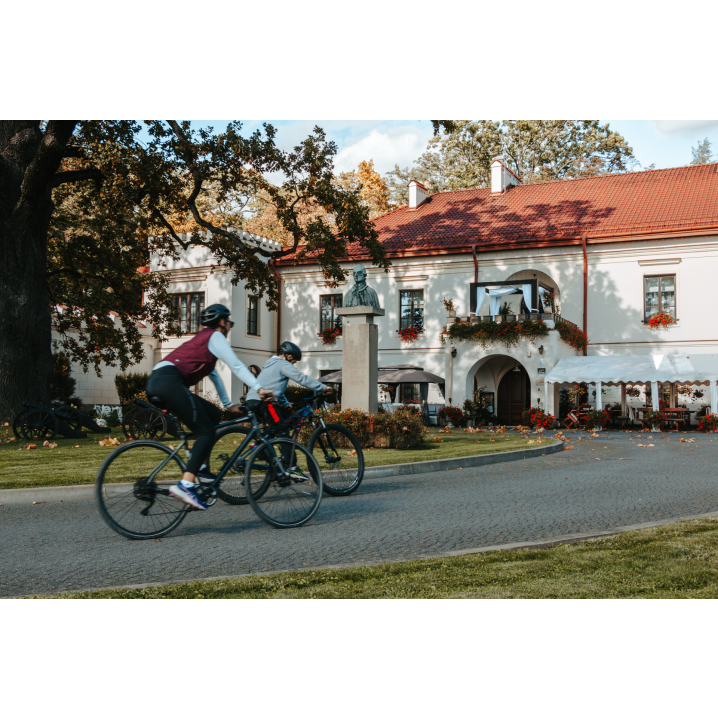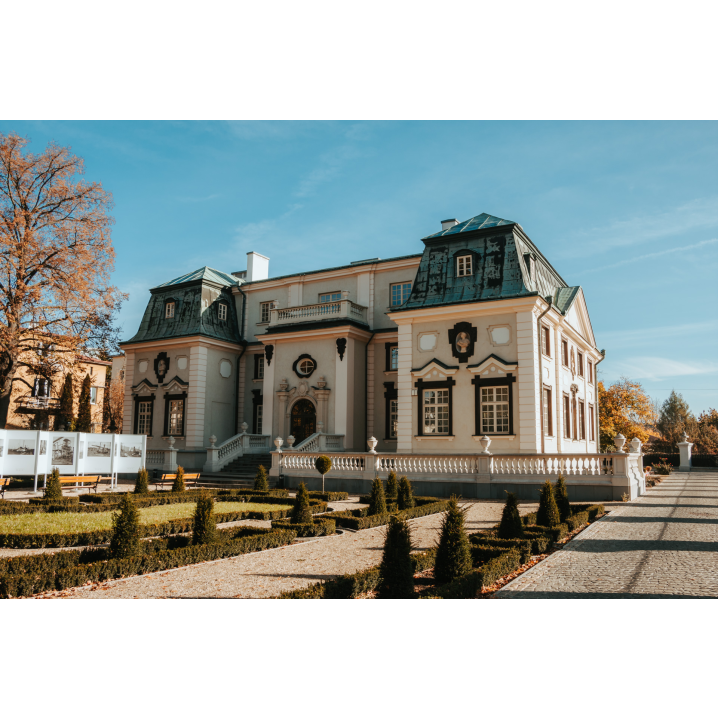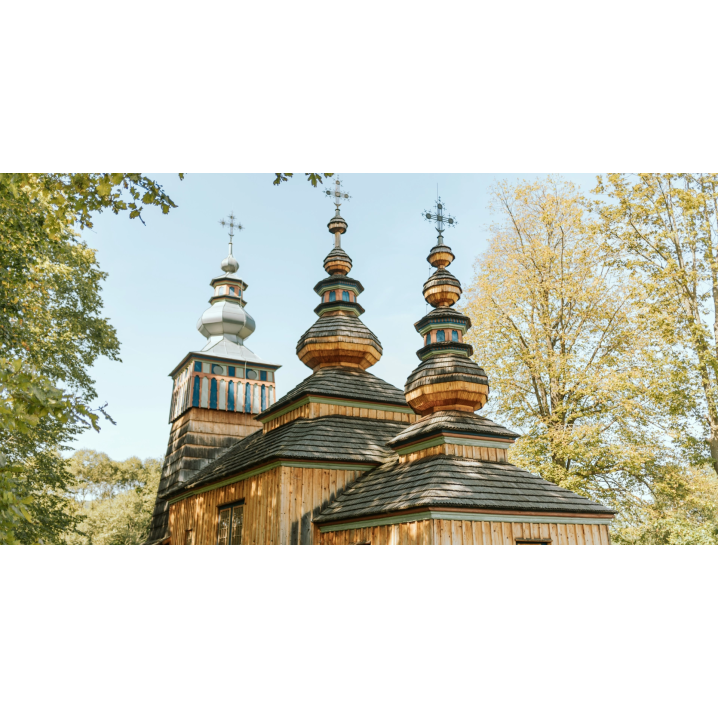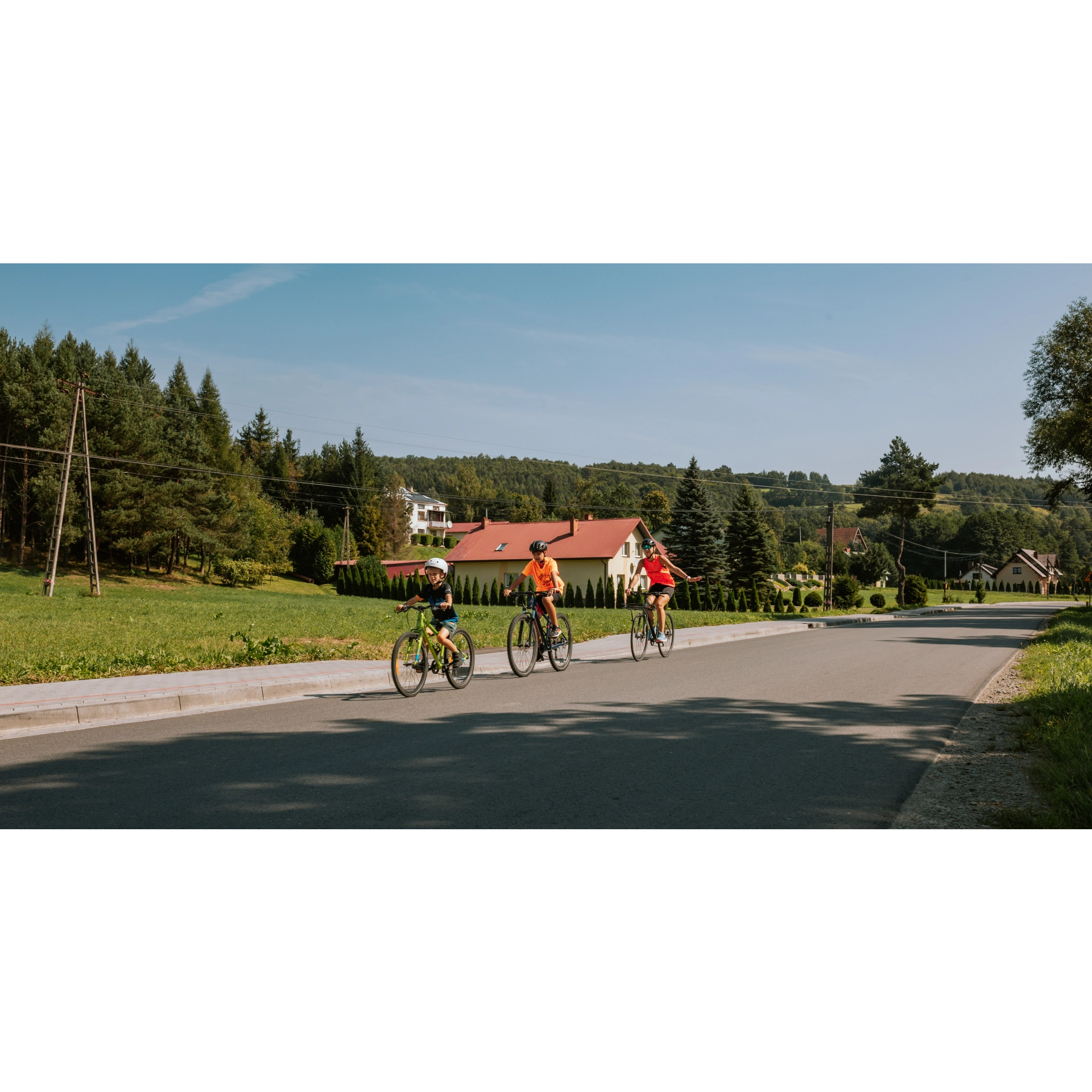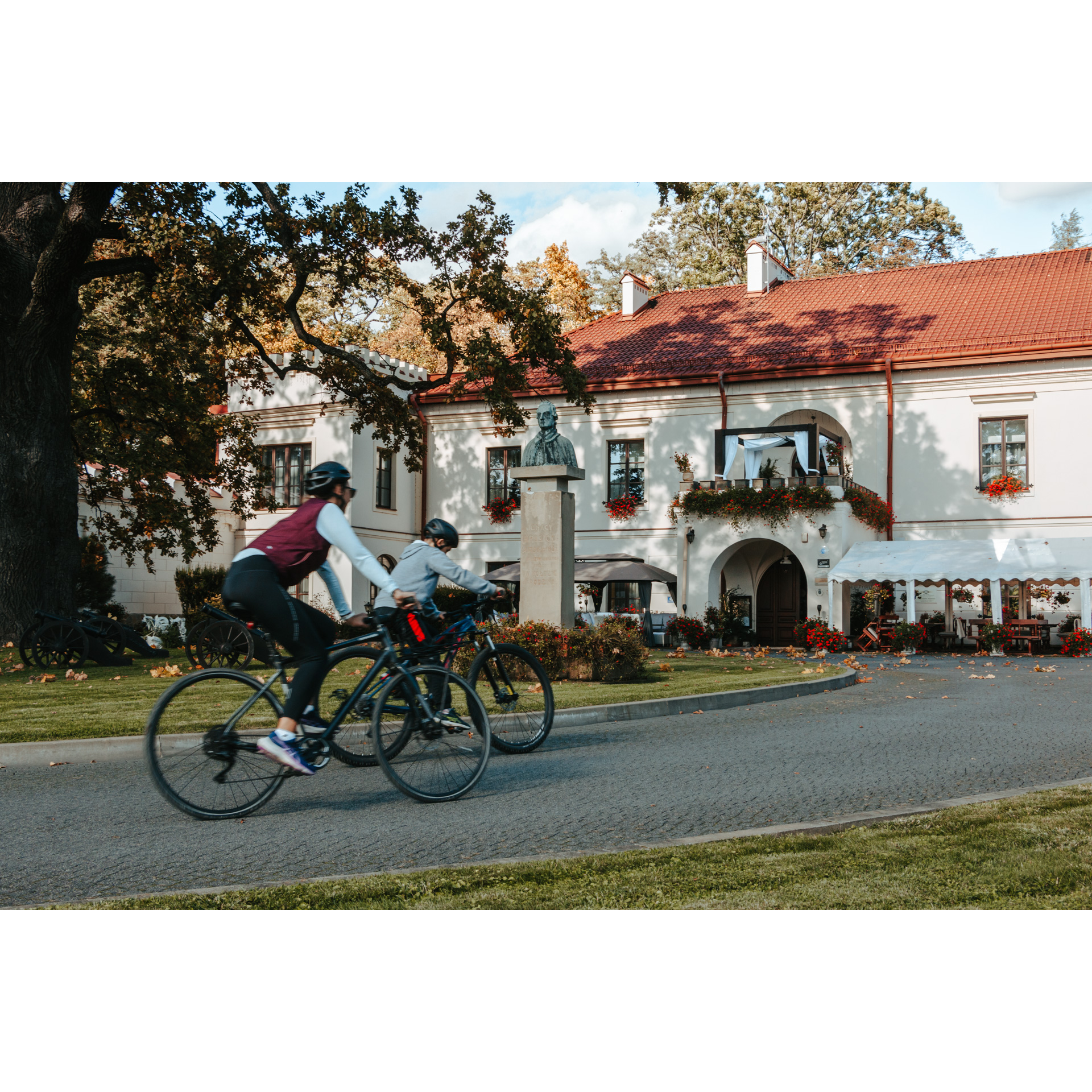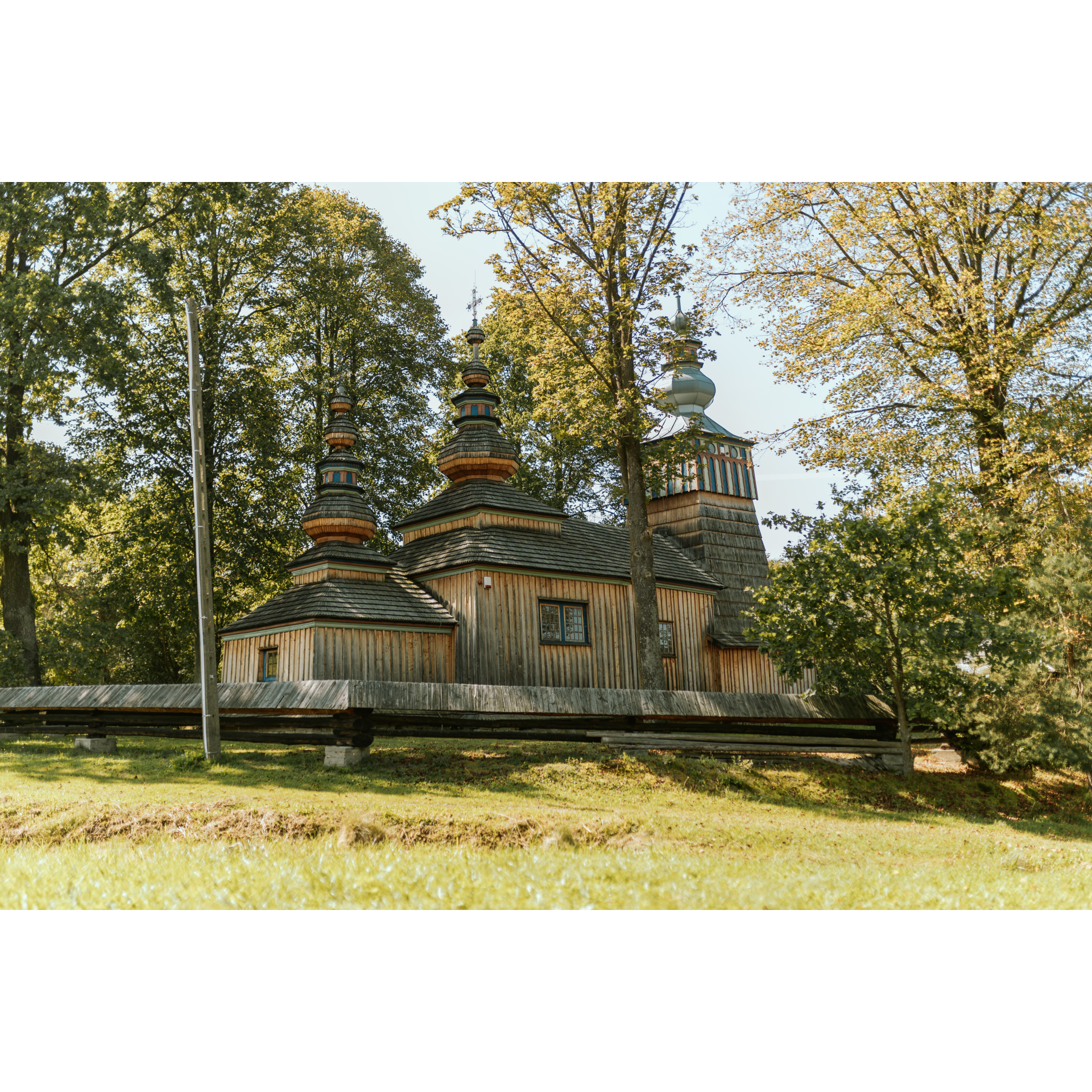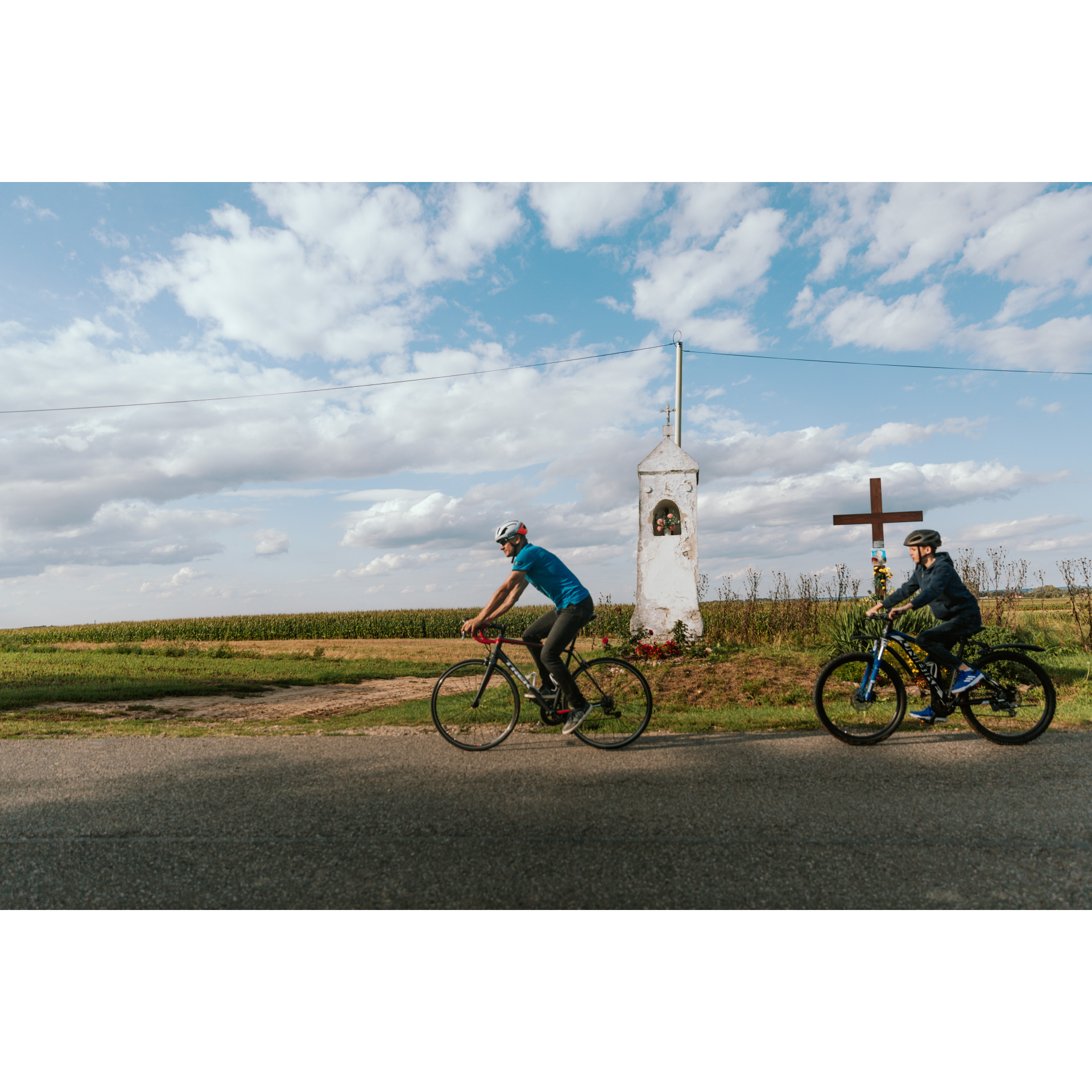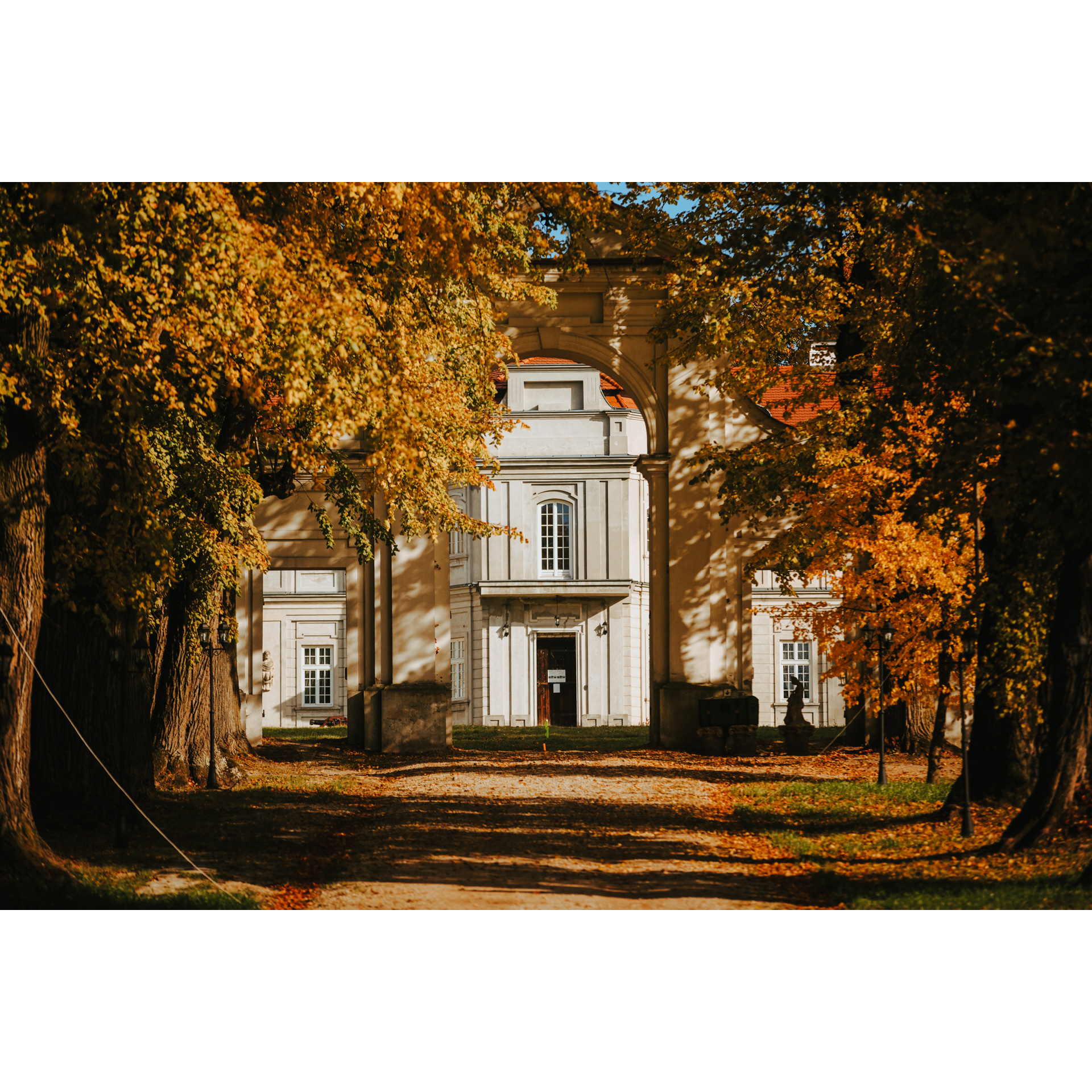
Rowerem przez małe miasteczka
Rowerem przez małe miasteczka
Tourism is mistakenly associated with grand cathedrals in cities and wild landscapes untouched by human hands. Yet, there is a significant gap between these extremes, filled by villages and small towns.
Medieval origins
Podkarpackie is part of the former Małopolska, from which individual lands and regions were separated over the centuries. This region lay on the route leading from the capital Cracow to Lviv, which was a factor stimulating trade and production. Ancient forests were cut down to locate new settlements, often populated by colonists, including Germans. Traces of this are visible in toponyms, mainly in the names of places such as Hermanowice or Albigowa. Many settlements were located during the reign of Casimir the Great in the second half of the 13th century or under the rule of the Angevins and Jagiellonians at the beginning of the next century.
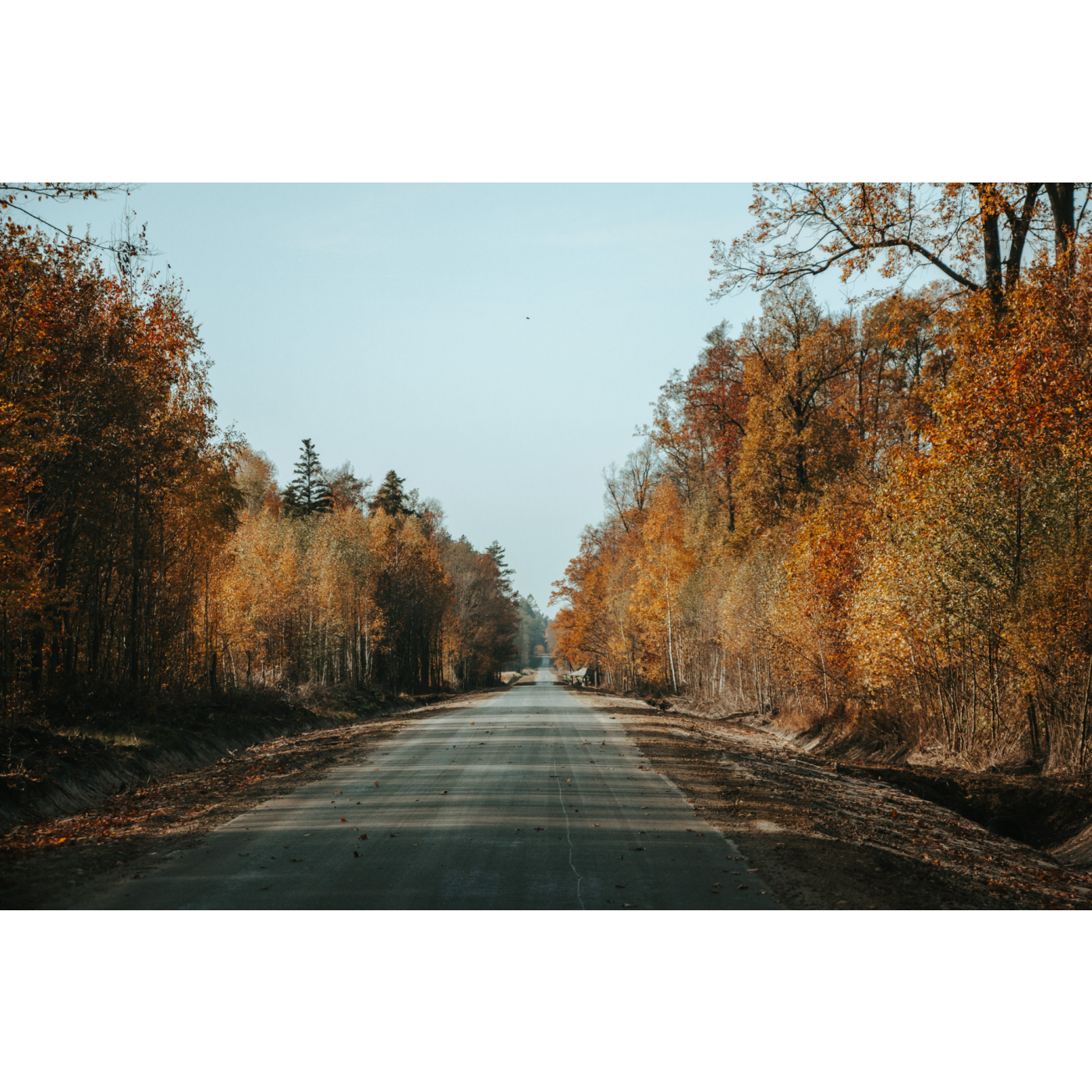
Renaissance flair
As settlements developed and trade exchanged, some of them grew, receiving town rights. Locations usually confirmed an already existing urban layout with a centrally located market, where or near which the town hall stood as the seat of municipal authorities, and a church positioned outside the market area, as the sacred place should not be adjacent to profane matters. Markets of such small towns as Sokołów or Głogów Małopolski, but also many others, still bear traces of this Renaissance arrangement of streets and squares.
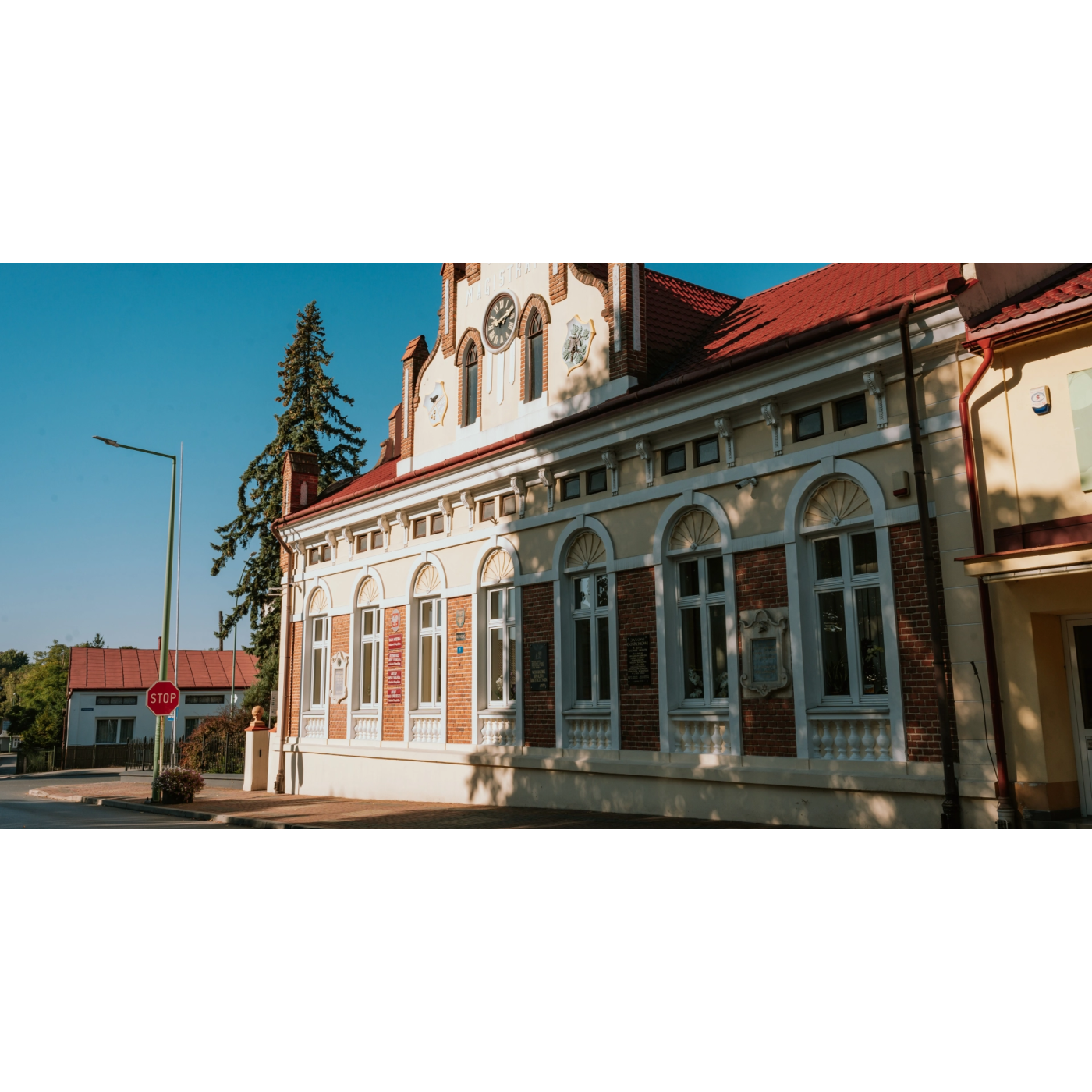
Baroque opulence
In many of these small localities, one can find grand temples, outstanding in their mass and richness of decoration. This is not only a sign of the times and the position of the Church but also the ambition of the townspeople to display their wealth through the erection of a magnificent church. Since in the 17th and 18th centuries the first temples, usually wooden, erected during the location period were generally falling apart, new ones were built in line with the Counter-Reformation spirit of the Baroque. That is why there are so many splendid sacral monuments of the Catholic and Greek Catholic faiths in Podkarpackie.
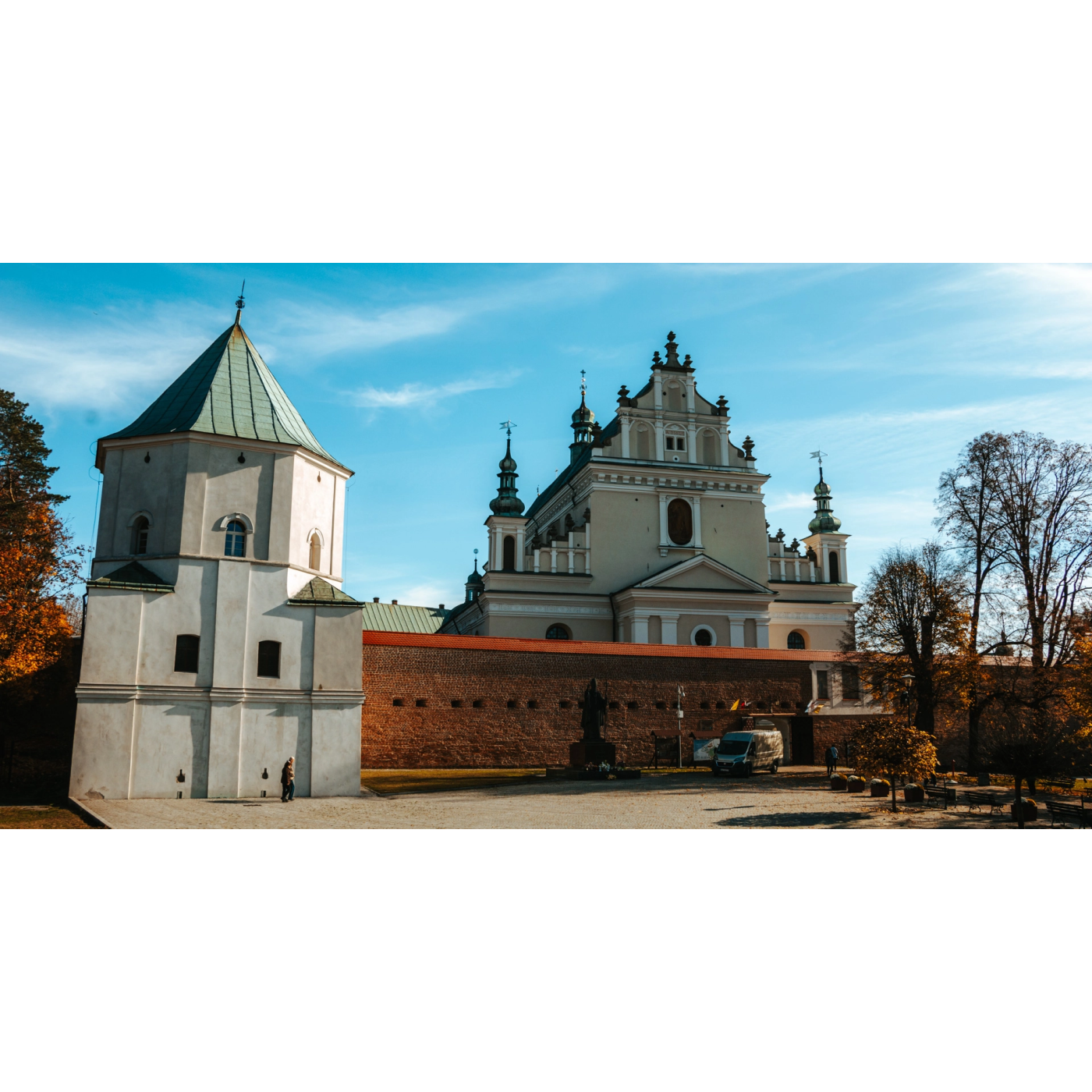
Art Nouveau elegance
Eventually, the partitions also arrived. Under Austrian rule, being part of the Kingdom of Galicia, Podkarpackie maintained its commercial significance. For some towns, the advent of railways was a developmental impulse, while for others, their absence meant a decline in status and degradation to the status of a village. Those that developed the most on trade and production today boast beautiful Art Nouveau architecture, fashionable in the 19th century, typically surrounding the market square. These are primarily Rzeszów, Przemyśl, and Sanok, but also Strzyżów, Lubaczów, and Pilzno.

Multiplicity of monuments
These localities can boast many interesting places of historical and cultural significance, contradicting the stereotype that concentrates tourist traffic in the centres of large cities. Podkarpackie towns were the arena of wars waged over the centuries, the memory of which is preserved to this day. Many important people, known not only locally but also worldwide, lived and resided here. Cycling trips allow - better than car trips - to understand the specificity of the region and give more time for reflection on historical processes. One does not have to be a professional historian to imagine merchant caravans or columns of troops moving through the passed localities and landscapes. And from there, it is just a step to fall in love with this land.
